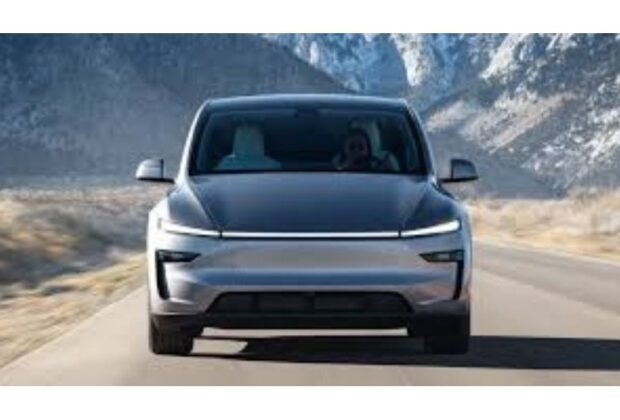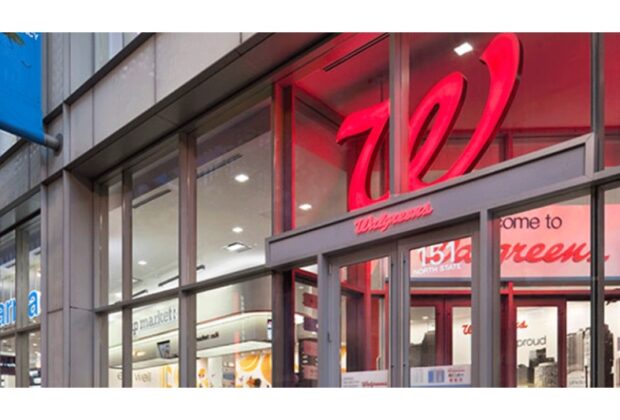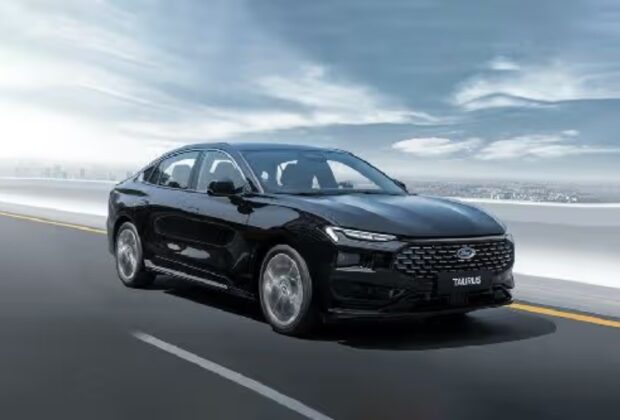Starting a food retail business in 2025 can be a lucrative venture, given the increasing demand for quality food products and the rise of online and offline consumer markets. Whether you plan to open a grocery store, a specialty food shop, or an online food retail business, careful planning and execution are crucial. Here is a step-by-step guide to help you start a successful food retail business in 2025.
1. Conduct Market Research
Before launching your food retail business, conducting thorough market research is essential. Identify your target audience, analyze consumer preferences, and evaluate competitors. Consider trends such as organic food demand, sustainable packaging, and digital grocery shopping to align your business with current market needs.
2. Choose a Niche
Decide on the type of food retail business you want to start. Some popular niches include:
- Organic and health foods
- Gourmet and specialty foods
- Convenience store products
- International or ethnic food items
- Online grocery delivery
Selecting a niche helps differentiate your business and attract a loyal customer base.
3. Create a Business Plan
A comprehensive business plan is essential for securing funding and mapping out your business strategy. Your business plan should include:
- Business objectives
- Market analysis
- Products and services
- Pricing strategy
- Marketing plan
- Financial projections
- Operational structure
4. Register Your Business and Obtain Licenses
Ensure your business is legally compliant by registering it under the appropriate business structure (sole proprietorship, LLC, or corporation). Obtain necessary licenses and permits, such as:
- Food business license
- Health and safety permits
- GST registration (if applicable)
- Trade license
Compliance with food safety regulations is crucial to avoid legal issues.
5. Secure Funding
Starting a food retail business requires capital for inventory, rent, marketing, and operational expenses. Funding options include:
- Personal savings
- Bank loans
- Venture capital
- Crowdfunding
Prepare a solid business proposal to attract potential investors or secure a business loan.
6. Choose the Right Location
If you are opening a physical store, location is critical. Choose a place with high foot traffic, accessibility, and proximity to your target market. For online food retail, invest in a reliable logistics network for efficient delivery.
7. Source Quality Suppliers
Partner with reliable food suppliers to ensure a consistent supply of high-quality products. Negotiate favorable terms and consider local, organic, or wholesale suppliers to maintain product standards and pricing competitiveness.
8. Develop a Strong Marketing Strategy
Promote your food retail business through:
- Social media marketing (Instagram, Facebook, TikTok)
- Search engine optimization (SEO) for online visibility
- Local advertising and word-of-mouth referrals
- Discounts and loyalty programs
Leverage digital marketing strategies to attract and retain customers in a competitive market.
9. Implement Efficient Inventory Management
Adopt modern inventory management solutions to track stock levels, prevent overstocking or shortages, and streamline supply chain operations. Inventory software and AI-driven demand forecasting can enhance efficiency.
10. Focus on Customer Experience
Providing exceptional customer service is key to retaining customers. Offer personalized recommendations, easy checkout options, home delivery, and a user-friendly website or app for online shoppers.
11. Stay Updated with Industry Trends
The food retail industry is dynamic, with evolving consumer preferences and technological advancements. Keep up with trends like:
- AI-driven grocery shopping experiences
- Sustainable and eco-friendly packaging
- Subscription-based grocery delivery models
Starting a food retail business in 2025 requires careful planning, legal compliance, and strategic marketing. By understanding consumer needs, leveraging technology, and delivering quality products, you can build a successful and profitable food retail business. Stay adaptable and continuously innovate to keep up with industry trends and customer expectations.
Read Full Article










